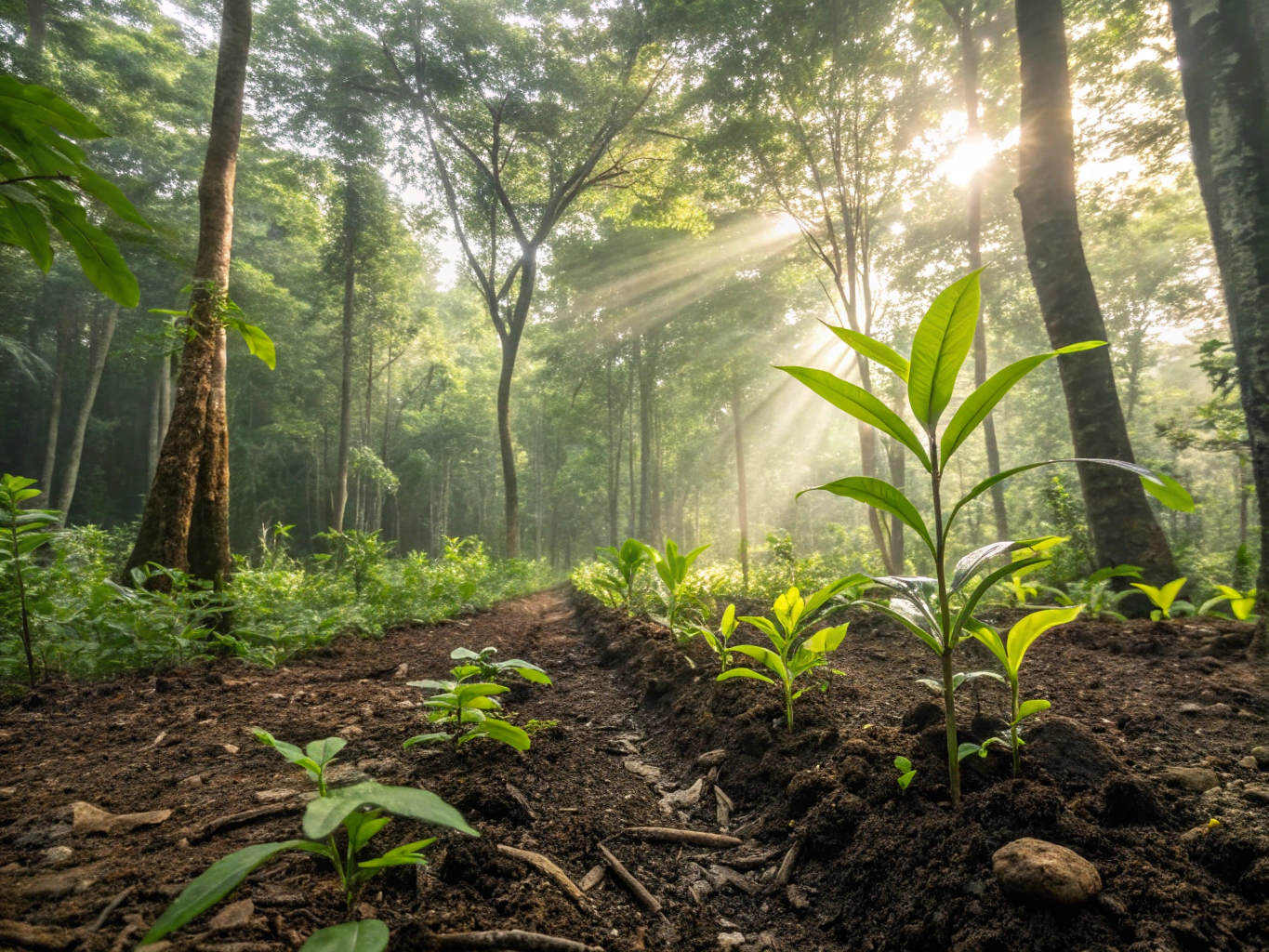How Does Productivity Increase in Terrestrial Ecosystems?
When you think of productivity, the first thing that comes to mind might be the workplace or your daily tasks. But what about nature? How does productivity increase in terrestrial ecosystems? Let's break this down.
Terrestrial ecosystem productivity is all about how much energy is produced and sustained in land-based ecosystems, primarily through the process of photosynthesis. Think of it as nature’s way of sustaining life—plants take sunlight and convert it into energy, which then supports herbivores, and in turn, carnivores. The cycle is fascinating and crucial for our environment.
Understanding Primary Productivity in Ecosystems
Primary productivity in ecosystems is the amount of organic matter created by primary producers, like plants. The productivity can increase or decrease based on various factors.
- Light Availability: More sunlight leads to higher photosynthesis rates.
- Nutrient Availability: Nitrogen, phosphorus, and potassium are essential nutrients that promote plant growth in ecosystems.
When we see more nutrients and sunlight, we naturally see an increase in ecosystem productivity.
Factors Affecting Ecosystem Productivity
What truly drives terrestrial ecosystem productivity? Numerous factors influence how productive an ecosystem can be, including:
- Climate: Temperature and precipitation greatly influence plant growth.
- Soil Quality: Healthy, nutrient-rich soil promotes higher productivity.
- Biodiversity: Diverse ecosystems tend to be more resilient and productive.
These factors are interlinked in a complex web that supports life. The energy flow in terrestrial ecosystems is a vital component of this network, ensuring that energy is recycled and reused effectively.
How Ecosystems Become More Productive
So, how do ecosystems become more productive?
- Improved Land Management: Practices like crop rotation and sustainable agriculture can help.
- Invasive Species: Sometimes, non-native plants can outcompete locals and increase productivity. However, this can lead to biodiversity loss.
- Climate Change: Surprisingly, although climate change negatively impacts many ecosystems, certain conditions like increased CO2 can sometimes enhance plant growth temporarily.
By understanding these methods, we can work towards enhancing productivity in our ecosystems while also preserving biodiversity.
Conclusion
In summary, how does productivity increase in terrestrial ecosystems? It’s a mix of sunlight, nutrients, climate, and the overall health of the ecosystem. By focusing on these aspects, we can help our terrestrial ecosystems thrive.
If you're looking to supercharge your productivity, whether in nature or your own life, consider checking out our eBook: AI for Productivity eBook + Checklist: Supercharge Your Efficiency in 2025 or the ADHD Productivity Power Pack: Ebooks, Guides, Checklists, Workbook & Tools to Master Focus, Time Management & Organization.
FAQs
1. What is primary productivity?
Primary productivity is the rate at which energy is converted by photosynthetic and chemosynthetic autotrophs to organic substances.
2. Why is productivity important in ecosystems?
Productivity supports biodiversity, stabilizes the environment, and provides essential resources for life.
3. How does climate affect ecosystem productivity?
Climate affects temperature and precipitation levels, both of which are critical for plant growth and photosynthesis.
Improving your understanding of terrestrial ecosystem productivity can help us appreciate the delicate balance of nature. The more we learn, the more we can do to support these vital ecosystems.


